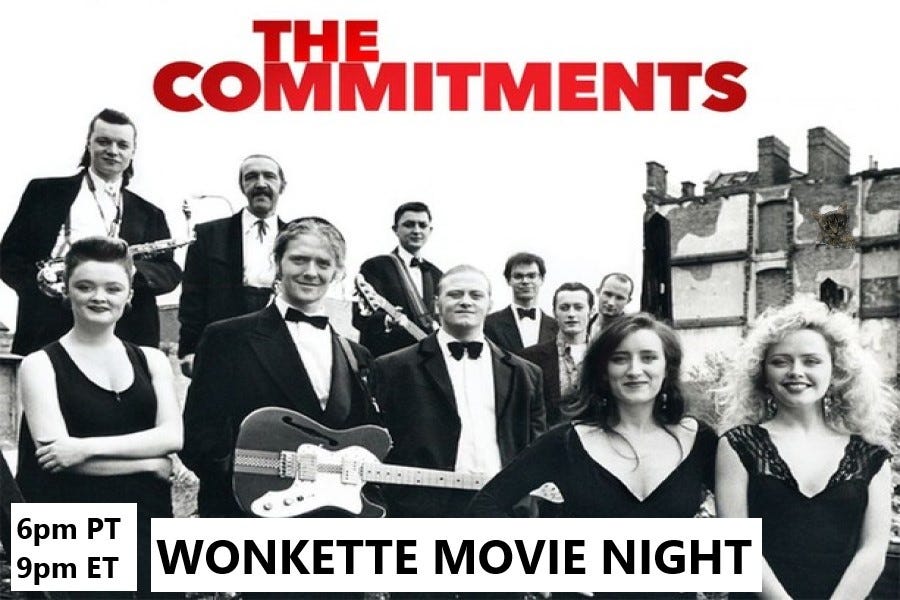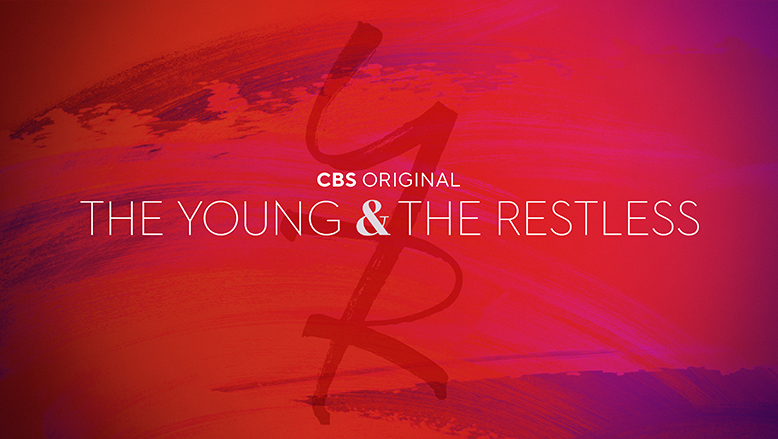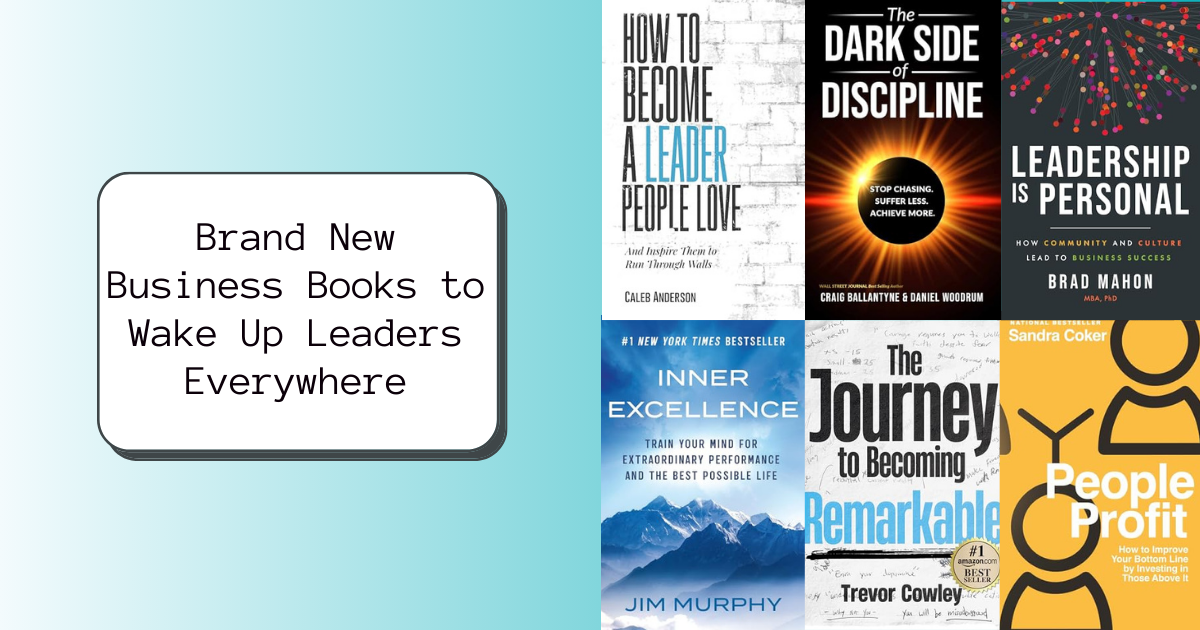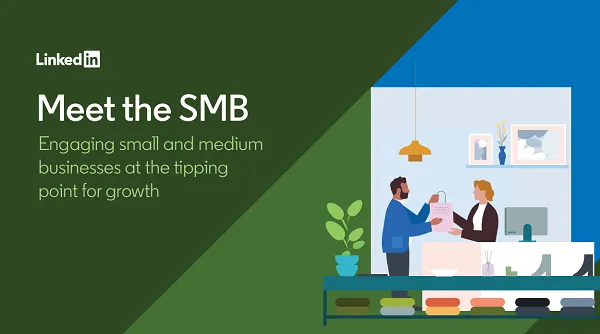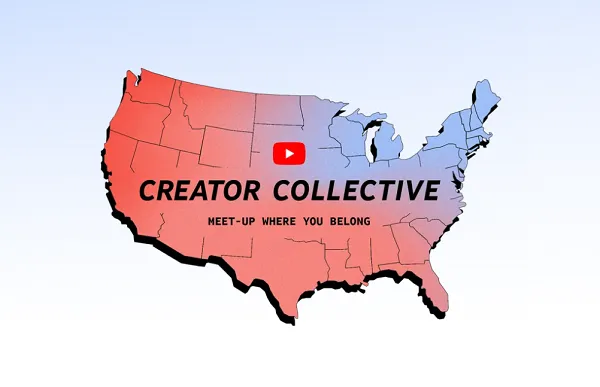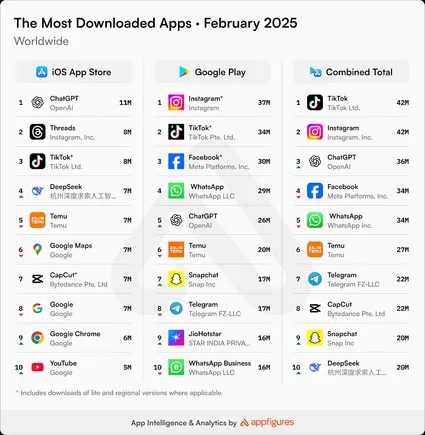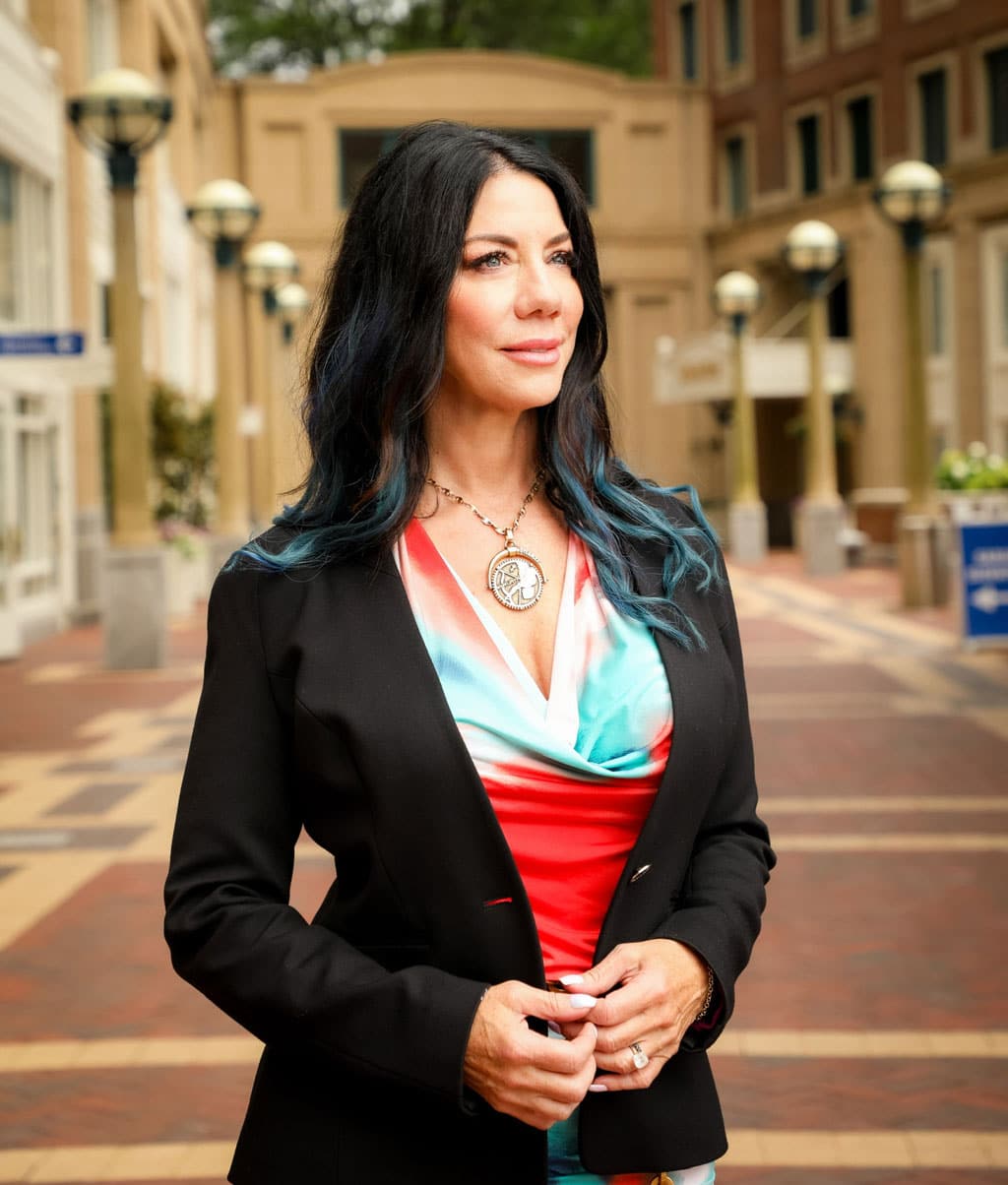As you’ve undoubtedly guessed, the answer is: it’s none of those things. It’s actually customer loyalty, at least according to work done by Bain’s Fred Reichheld, the creator of the Net Promoter Score and bestselling author of Winning on Purpose: The Unbeatable Strategy of Loving Customers. A basket of high-NPS scoring companies he put together as an index trounces the Vanguard VTI (total market) year after year, going back more than a decade.
That’s why, in a time when growing revenues and profitability are top of mind for every CEO and board member, the ability of your management team to create real customer loyalty is the most essential strategy for success, says Reichheld.
So, how do you really know if your team is winning with customers? Reichheld, who will host an exclusive workshop on customer loyalty for Chief Executive Group on Tuesday, November 15, (please join us if you can), has studied many of the best customer-service companies in the world, including Costco, Vanguard, Apple, Intuit and others. He’s got some ideas, starting with what he calls “customer-based accounting.” It’s smart, simple and you can put it to work this year.
The essential metric, he says, is “Earned Growth Rate”—the quantification of how much of your financial growth is coming from customer loyalty—a great proxy for the ability to outperform financially without adding increased risk. You get at it by figuring two numbers:
• Net Revenue Retention, the metric most beloved by SaaS companies—recurring revenue from existing customers, plus
• Earned New Customer Revenue, “which quantifies revenues from the subset of new customers who were earned through recommendations and referrals from existing customers.”
Coming up with EGR, he writes, takes some work, but it’s hardly impossible for your CFO—and is essential for leaders looking to get beyond the boilerplate earnings readout to understand how you’re really making money. Is it through a grinding, expensive cycle of marketing, customer acquisition, dissatisfaction and churn or big, risky bets and dealmaking? (Bad profits.) Or is it by delighting customers who become your marketers, creating the truest kind of organic growth? (Good profits.)
Smart, right?
The post EGR: How CEOs Can Tell ‘Good’ Profits From ‘Bad’ appeared first on ChiefExecutive.net.










